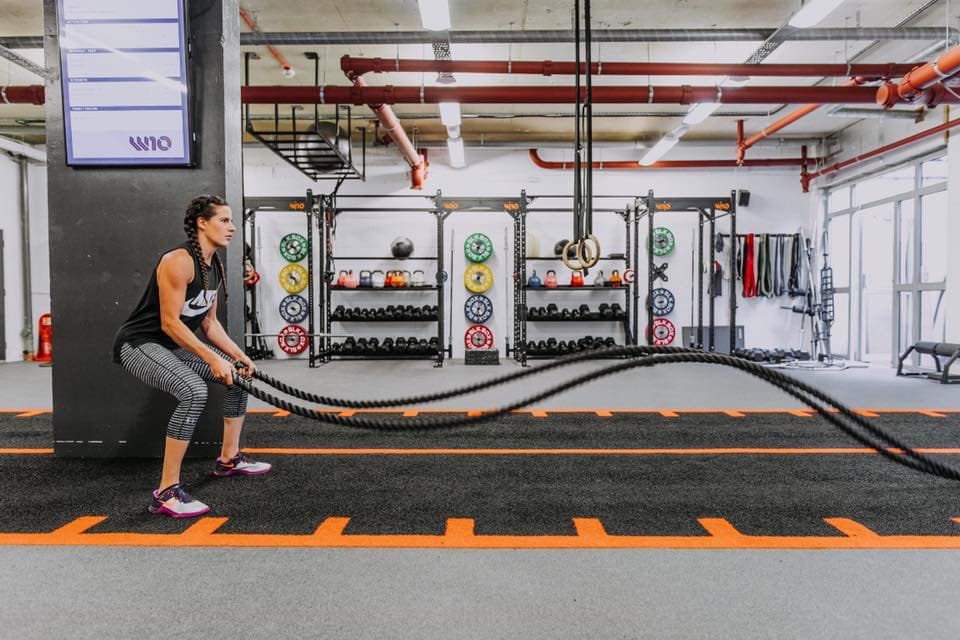
Categories
Our Top Five ‘Core’ Training Tips
For those familiar with our Results Based Fitness approach, you know our stance on ‘core training’ and the often misplaced emphasis on targeting the ‘core’ or ‘abs’ for aesthetics and function. While many people cite core strength as a primary fitness goal, it’s essential to understand what this truly entails. The obsession with core training stems from research on a small group of back pain patients in Australia, which the fitness industry has widely misunderstood and overemphasised.
The core training frenzy began with a study on a small sample of back pain sufferers, focusing on the contraction of a single muscle. This research did not represent the general population or account for overall body function. Despite this, it sparked a widespread belief that core weakness was the root of many physical issues, leading to an industry-wide focus on core exercises.
Core training is more than just focusing on the trunk muscles. Most people do not suffer from a genuine ‘core weakness.’ Instead, issues often stem from stability and coordination deficits rather than a lack of strength in the deep abdominal muscles. While many could benefit from a comprehensive strength training program, the notion that deep abdominal muscles are solely responsible for core stability is overly simplistic.
The core extends beyond the abdominal muscles, including the mid and lower back, glutes, lats, hamstrings, and hip flexors. It’s not just about tightening the muscles around the abs. Lack of strength and imbalances in pelvic stability and mobility often contribute to pain, not the core alone. For instance, tight hips and weak glutes can cause back pain, but these issues are not directly related to core strength.
Effective core training should incorporate various muscle groups and involve dynamic movements. It’s not just about holding positions on a mat but integrating exercises that enhance overall strength and stability.
Our Top Five Core Training Tips
-
Limit Spinal Flexion
There’s a place for crunches, but they shouldn’t dominate your program. Excessive spinal flexion can lead to injury, so incorporate them sparingly and focus on maintaining proper form.
-
Address Structural Balance
Muscular balance, especially around the hips, is crucial. Ensure that your training targets the glutes and lower back, not just the abs. This balance helps prevent injuries and improves overall stability.
-
Balance Mobility and Stability
You don’t need to achieve perfect posture, but strive for the right balance of mobility and stability, particularly in the pelvis. This balance is critical to functional movement and preventing pain.
-
Get Stronger
Strength training is essential for everyone, not just bodybuilders. Strong, structurally balanced individuals rarely suffer from ‘core weakness.’ Incorporate compound movements like squats and deadlifts to build overall strength.
-
Get Lean
Core training alone won’t reveal a six-pack unless you’re lean. Focus on reducing body fat through a combination of diet and exercise. Remember, you can’t flex fat.
Rethinking Core Training
Experts have challenged the fitness industry’s overemphasis on core training. Initial enthusiasm was based on misinterpreted research. A more balanced approach is advocated, integrating overall body strength and functional movement.
Effective Core Exercises
Incorporate exercises that enhance overall stability and strength, such as:
-
Stir the Pot
A challenging plank variation that maximises core development.
-
Hanging Knee Raise
Targets the lower abs, hip flexors, and lower back.
-
Landmine Rotations
An explosive movement that works the entire body, particularly the core.
-
Palof Press
Trains the core as a stabiliser, resisting lateral forces.
Effective core training is about more than just targeting the abs. It involves a comprehensive approach that includes various muscle groups and dynamic movements. By integrating these principles into your routine, you can achieve a stronger, more stable core and overall better physical health. Remember, the goal is aesthetic and functional strength that enhances your overall fitness and well-being.
Core Videos
YouTube links to pre-Foundry (W10) vids:
- Core Workout
- Core Finisher
- Core Circuit with Resistance Band
- Core for Lower Back Pain – Part 1
- Core for Lower Back Pain – Part 2
If you have any questions on the above or would like some advice on how we could help you with your fitness goal, don’t hesitate to visit one of our personal training gyms in London and try one of our pt classes.
Related Articles
- The Core Training Myth
- Core Exercise for Lower Back Pain
- Advanced Core Circuit with Resistance Band
- Exercises To Help You Get A Well Conditioned Core
- Tick All The Boxes With Core Training

